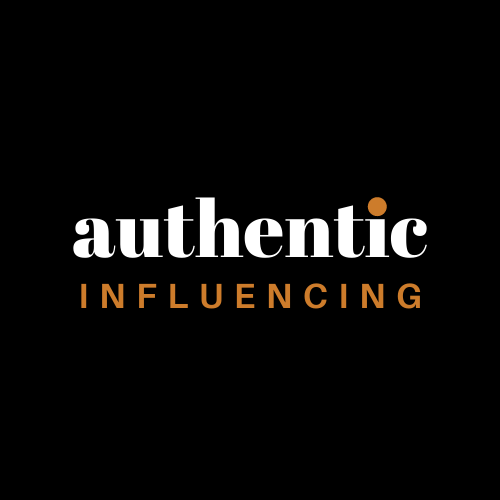The Communication Strategy
The communication strategy is where the battle will ultimately be won if we deliver what it takes for the audience to understand the brand. To succeed in doing that, a framework can be established to ensure the right message. The framework consists of three parts that play different roles in delivering the message.
Today’s consumer has a short attention span, and they have neither the time nor the patience for long messages. If you want their full attention, there is a need for structure so that the message hits in small doses and in multiple different places.
Core Message.
Two key factors in a core message are “What” and “How”. What do you want to say, and how do you want to deliver the message. The modern version of a core message is not a single predefined sentence, but a set of key messages that provide direction for all future communication, regardless of channel and material.
Storytelling Framework.
In recent times, we know that the brain both comprehends and remembers better when messages come in the form of stories, which is why storytelling has set a new standard for brand building. However, to engage, stories must not be about the brand; they must be about the audience and their challenges.
Name, tagline & Hooks.
These elements can be seen as appetizers, short phrases that capture attention when we only have a moment available. However, it is essential that they are consistent with other messages and the rest of the framework.
